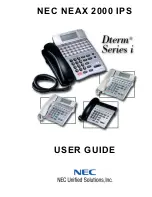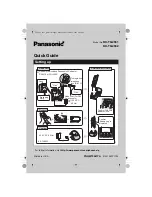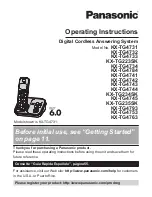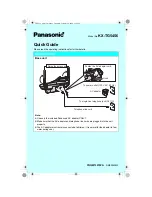
Internet Protocol (H.450)
112
SBX IP 320 Features & Operation Guide
CO Transit - In
The CO Transit-In automatically re-routes incoming DID/MSN calls from another networked
System.
1.
An outside caller makes a DID call to station 202 and the DID call request arrives at the
master system. The networking system of station 202 is not connected to the PSTN
directly, but it can be connected to the PSTN through another networking system (master
system).
2.
The master system checks the received DID call destination. If the DID destination
matches a station of its system, the DID call is routed to the station. If the DID destination
does not match, the master system searches the network numbering plan table to
determine whether the destination matches with a station in another networking system.
In this case, the master system transfers the received DID call request to the found
networking system.
3.
The CO transit-in DID call rings station 202. The caller can converse when station 202
answers.
Operation
•
When an incoming call is received from the PABX, the call is automatically routed, and a
Network CO line is secured according to the DID conversion.
•
The incoming call will ring with CLI at the Station being called; the Caller will hear a
ring-back tone.
•
Once the call is answered at the Station, it will be connected.
Conditions
•
There are no timers affiliated with CO Transit-In operation.
•
The Caller will hear a busy tone if a networking path is not available during transit.
Admin Programming
•
Networking Routing Table - Numbering Plan (PGM 324)
•
DID Conversion Type (PGM 143)
•
Flexible DID Table - Assign Slave Extension (PGM 231)
Additional Programming
PGM 143 - FLEX 4 (DID Conversion Type) = 2
















































